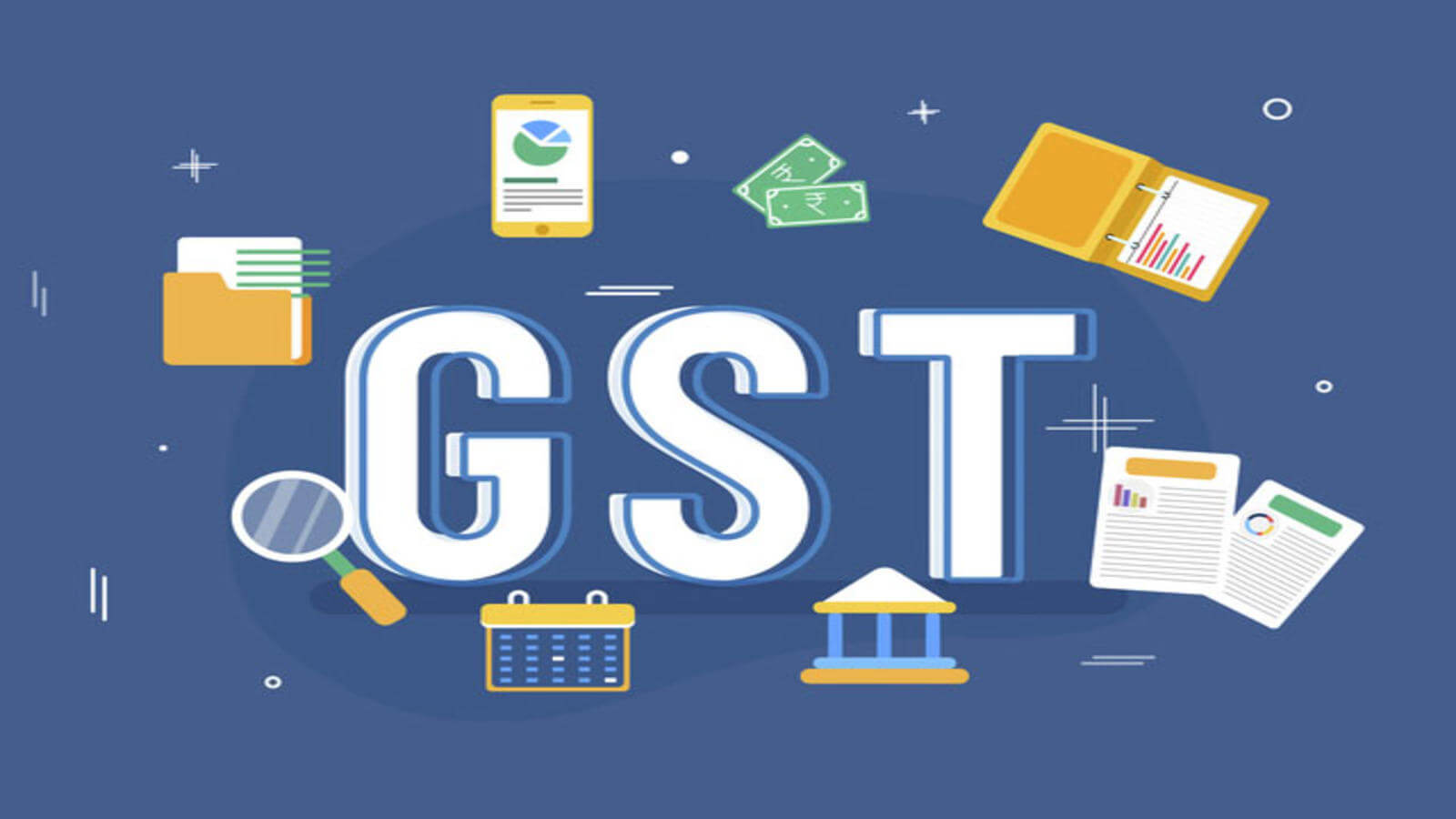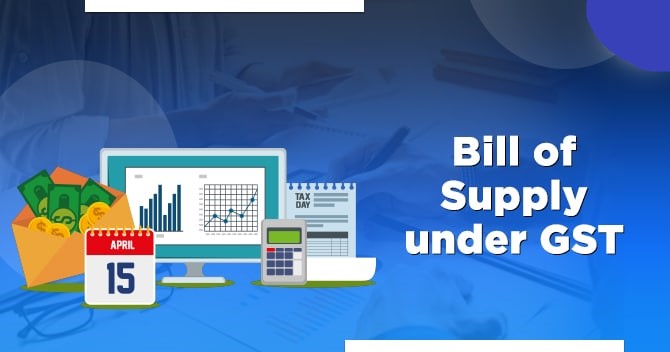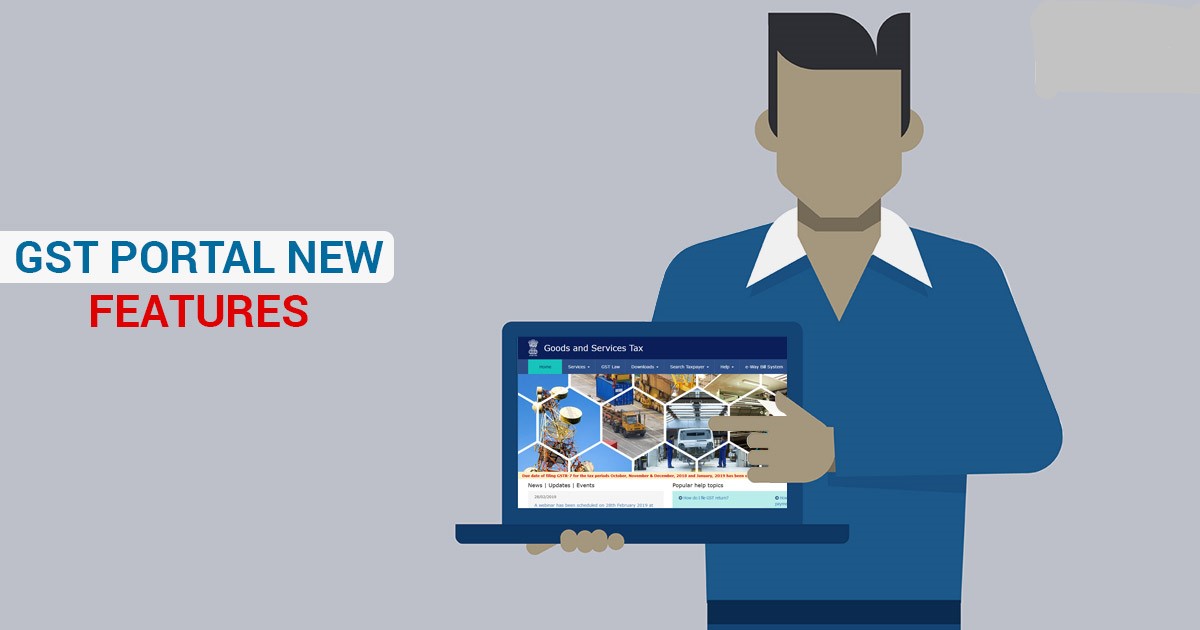March 2021 is the last month of the Financial Year 2020-21 and has its own importance from the perspective of closing of books of accounts and compliance of GST as well. In this regard it is important to note that there are various changes in GST law which are going to take place with effect from 01st April 2021. Further at the same time certain actions are also required to be taken by tax payers in regard to year end compliances in the month of march itself.
For ready reference the changes and actions to be taken by taxpayers in regard to GST are given below:
1. Reconciliation of turnover:
Upon completion of the financial year 2020-21 , it is the primary task to reconcile the turnover as per financials with the figures of the outward supplies both taxable as well as exempt as disclosed in GSTR-1 and GSTR-3B.To start with the reconciliation can be made for period April, 2020 to February, 2021 so that any rectifications / non payment can be made in the GSTR-1 / GSTR-3B to be filed for the month March, 2021.
In this regard the incomes booked in head Other / Miscellaneous income, profit / loss on sale of assets, reimbursement of expenses netted off from expenses incurred, inter state stock transfers , expenses recovered from employees etc should be specifically examined from perspective of applicability of GST.
Further wherever required, debit / credit note in regard to tax invoice(s) should be issued so that due tax thereon is paid / adjusted and accounts with customers are settled.
2. Checking of Reverse charge compliances
All the expenses should be examined from angle of compliance of reverse charge provisions and it should be ensured wherever applicable tax has been paid in cash. In this regard suitable reconciliations can be prepared between expense as per books in regard to specified expenses like legal expenses, GTA expenses, sponsorship expenses , renting of motor vehicle etc and the amount of which tax has been paid under reverse charge mechanism.
3. Input Tax Credit reversal and reconciliations
- Rule 42/43 of the CGST Rules,2017 requires reversal of the the input tax credit in cases where the goods/ services are used for providing taxable as well exempt supplies / are used for business as well as non-business purposes. Though the computation of reversal has to be done on monthly basis, but at year end the final amount of ITC reversal for entire year has to be computed. Accordingly the taxpayer need to revisit their computation of reversal of input tax credit for 2020-21 and if the reversal amount is in excess of ITC already reversed then the excess amount needs to be reversed. In cases the reversed amount is less than the amount actually reversed then the tax payer can avail the balance amount as eligible ITC and reverse the credit if any along with interest if required.
- Second proviso to section 16(2) requires the taxpayer to reverse the input tax credit to the extent the payment is not made to the creditors within 180 days of date of issue of invoice. Therefore, aging analysis of Creditors will enable the taxpayer to quantify the amount of reversal under the said provision.
- Reconciliation of Books with that of Form GSTR 2A/ 2B ( recommended to use GSTR-2A only for FY 2020-21) in order to have track of inward supplies not reported by the suppliers in their GSTR 1 or supplies reported by the supplier but input tax credit not taken by the taxpayer. As per section 16(4), the input tax credit in respect of an invoice or debit note can be taken till the month of September 2021 for invoices issued in 2020-21. Accordingly, we need to check that credit of all eligible invoices has been claimed within the time period provided under the law.
- It should further be ensured wherever applicable ITC is availed in regard to tax paid under reverse charge mechanism. In this regard you should not forget to issue self invoice in cases the supplies are received from unregistered person. In absence of self invoice , input tax credit may be disallowed by Department.
4. Apply for Letter of Undertaking:
For hassle free exports / supplies to SEZ (Zero rated supplies) without payment of GST under the route of LUT for 2021-22, the Letter of Undertaking has to be applied before the start of Financial Year i.e. 2021-22 as LUT for 2020-21 will not be applicable for zero rated supplies made from 1st April, 2021. (Rule 96A)
5. HSN Codes on GST invoices:
In accordance with the decision of GST Council, Notification No. 78/2020- Central Tax dated 15-10-2020 was issued by the Central Government wherein changes have been made in the Notification No 12/2017- Central tax dated 28-6-2017 with effect from 1st April, 2021.
For ready reference of our readers the comparative position of use of HSN / SAC is tabulated below:
| Sl. No | Annual Turnover in the preceding year | No. of digits of HSN Code (Existing) | No. of digits of HSN Code (To be effective from 1st April,2021) |
| 1. | Upto Rs 1.50 Crores | Nil | 4* |
| 2. | More than Rs 1.50 Crore and upto Rs 5 crore. | 2 | 4* |
| 3. | More than Rs 5 crores | 4 | 6 |
* As per proviso given in Notification No. 78/2020- Central Tax dated 15-10-2020 a registered person having aggregate turnover up to Rs 5 Cr in the previous FY may not mention the number of digits of HSN Code in a tax invoice issued by him under the said rules in respect of supplies made to unregistered persons. i.e. B2C supplies. Currently, no distinction between B2B and B2C supplies exists for purpose of disclosure of HSN/ SAC Codes.
Apart from above it may be noted that the government has the power to notify 8 digit HSN on the notified class of supplies by all taxpayers. Further reference of only HSN is here and thus 8 digit HSN disclosure will be required only for supply of goods and not for services , which is in line with current position where HSN codes of 8 digits are mandatory only in case of export and imports of goods.
Further, Notification No. 12/2017- Central Tax dated 28-6-2017 was again amended vide Notification No. 90/2020 – Central Tax, dated 1-12-2020 to provide for class of supply- ‘Chemicals’ whose HSN Code are required to be mentioned at 8-digit on the tax invoices.
It is pertinent to mention here the above changes in the mentioning of HSN/ SAC code, would also required to be disclosed in Table 12 of Form GSTR-1 (i.e., details of outward supplies of goods or services) and therefore, corresponding changes have been made in the same.
Further, it is of critical importance to disclose the correct HSN/ SAC Code on the tax invoices and Form GSTR-1 as a general penalty of Rs 50,000/- (Rs 25,000/- each for CGST and SGST) can be levied for non-mentioning or mentioning wrong HSN/ SAC Code, under Section 125 of the CGST Act, 2017.
6. GST e-invoicing:
With effect from 01.04.2021, the GST E-Invoicing with respect to B2B invoices is going to be mandatory for the taxpayer whose aggregate turnover exceeded 50 crores in any of the financial year starting from 2017-18. (Ref. Notification No. 05/2021 Central Tax dated 08.03.2021 read with Notification No. 13/2020 Central Tax dated 21.03.2020).
7. Dynamic QR Codes B2C invoices:
The taxpayers having aggregate turnover more than INR 500 Crores during any of the preceding financial year starting from 2017-18 are required to mention Dynamic QR code on the B2C invoices with effect from 01.12.2020. However, from 01.04.2021 it is going to be mandatory in the sense that penalty if any was waived for not following the given provision upto 31.03.2021. (Ref. Notification No. 71/2020- Central tax dated 30.09.2020 read with Notification No. 14/2020 Central tax dated 21.03.2020 read with Notification No. 89/2020 Central Tax dated 29.11.2020).
However vide Notification No. 06/2021 – Central Tax dated 30th March, 2021 the waiver of penalty as above has been extended till 30th June, 2021, subject to condition that these provisions are followed from 1st July, 2021.
8. Opting for Composition Scheme:
Taxpayers are required to peruse their Accounts in order to have check on the aggregate turnover for being eligible for the Composition Scheme. Taxpayers who wish to opt for composition scheme for 2021- 22 are required to apply in Form GST CMP-02 on or before 31st March, 2021.
9. Opting for QRMP Scheme:
The taxpayers whose aggregate turnover is upto INR 5 crores in the preceding financial year, and are keen to opt for the scheme in first quarter of 2021-22 i.e. April, 2021 to June, 2021 , they can apply for the same till 30.04.2021. It is important to note that , to opt for the QRMP Scheme , the taxpayer must have furnished the last return due on the date of exervising such option.
10. New Series of invoice for a financial year:
In case taxpayers wish to start the new series of the Invoices, it can be started for 2021-22 from 01.04.2021. This will also avoid duplication of invoices issues in preceding financial years.
Follow us for free tax updates : facebook Twitter
***
Subscribe our portal and get FREE Tax e-books , quality articles and updates on your e-mail.
Resolve your GST queries from national level experts on GST free of cost.
CA. Mohammad Salim is an ICAI award winning Chartered Accountant having rich experience of more than 20 years in the field of indirect taxes. He is the Member, Indirect Taxes Committee of PHD Chamber of Commerce and Industry. He is author of four successful books on GST published by Taxmann Publication and is also GST expert on taxmann portal.




